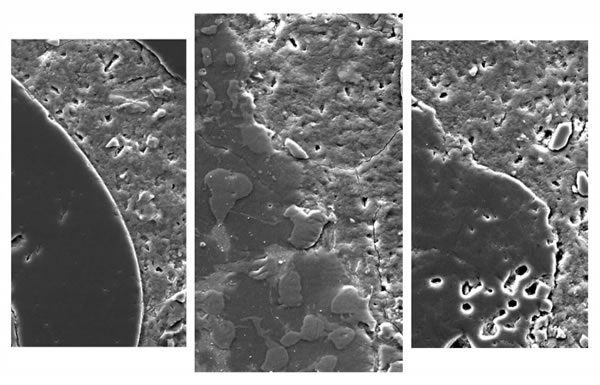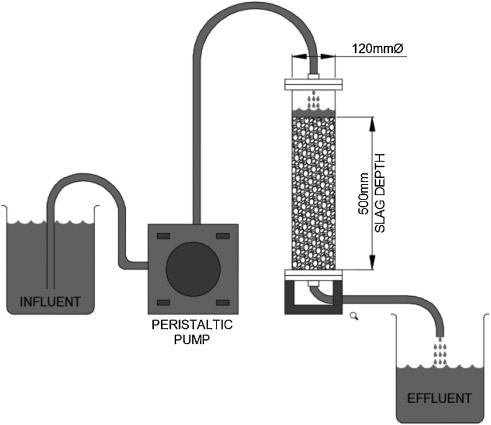According to foreign media New Atlas, steel slag can be used both for wastewater treatment and for concrete aggregates. New research now shows that using steel slag for the former can make it perform better than the latter-therefore, the same steel slag can be used twice, first for one purpose and then for another.

Steel slag is a by-product of the steelmaking process and is produced by separating impurities from molten steel in the furnace of the steelmaking plant. Although most of the steel slag is still just dumped, sometimes this material is used to replace the gravel in concrete. This not only prevents the steel slag from being landfilled, but also reduces the demand for gravel mining.
In addition, the slag can also be used in sewage treatment plants to absorb phosphorus, magnesium, iron, calcium, silicon and aluminum in sewage. However, with repeated use, it does lose this ability because it becomes saturated with repeated use, which means that it eventually has to "retire." However, according to scientists at the Royal Melbourne Institute of Technology in Australia, the elements absorbed in this water-treated slag actually increase its effectiveness as a concrete aggregate.

In the research conducted by the researchers, it was found that the concrete made with post-treated steel slag is 8% stronger than the steel slag concrete produced directly from the steel mill --- 17% stronger than the concrete made with traditional aggregate. This is mainly because the post-treatment steel slag and cement as the binder in the concrete form more seamless combination.
"What we hope to remove from the water is actually beneficial in concrete, so this is a perfect match," said chief scientist Dr. Biplob Pramanik. "Steel slag is not currently widely used in the wastewater treatment industry-only one plant in New Zealand uses this by-product in the treatment method. However, there is great potential here for three industries-steelmaking, Sewage treatment and construction industry-working together to get the most benefit from this by-product. "
A paper on this research was recently published in the journal Resources, Conservation and Recycling.
Earlier, research from the Drexel University in Philadelphia showed that steel slag can also be used to make concrete more resistant to salt damage.
Optical Brighteners are important raw material in Detergent, Textile, Paper industries. DMS, CBS are mainly used for detergent field, such as: DMS is regarded as one of the perfect agent used in detergent industry, owing to introducing the morpholine group into the molecular, the properties such as acid and perborate resistance be improved. It can be used in the whitening of cellulose fiber, polymide fiber and fabrics, showing anionic characteres and has optical bule color, it has better resistance to chloride bleaching than VBL and 31#, the most favorable dyeing bath PH value is 7-10.
BA & BBU mainly are used for paper industry.
*Related Products:Optical Brightener ba,optical brightener bbu,optical brighener cbs-x,optical brightener cbw.
Optical Brightener
Optical Brightener,Optical Brightening Agent,Optical Brightener For Cotton,Optical Brightener Agent
SJZ Chenghui chemical co ltd , https://www.chenghuichemicals.com